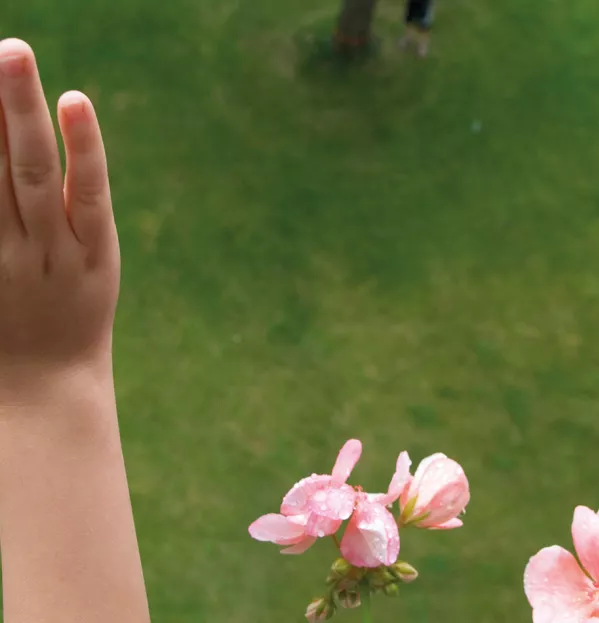Children and young people today sit in socially distanced spaces with demarcated lines that cannot be crossed, preventing them from engaging, one on one, with their teacher. Such measures may protect young people and the adults who support them in school, but how do we address the growing (and damaging) “connectedness gap” that this entails?
There is good evidence to attest that the school environment (best described as the school’s learning community, including families) is the driver of successful emotional and academic outcomes for young people. Social distancing puts this at risk, and so we need specific, whole-school approaches to rebuild school relationships and their connection with “place” - to reconnect young people with their teachers and to each other.
This is where the concept of “school connectedness” can help. Put simply, it is the belief held by children and young people that adults and peers in their school care about their learning, as well as about them as individuals. “Of course we do,” I hear you cry. But in the new normal, is that really how they and their communities feel? Only by taking measures that explicitly and deliberately prioritise connectedness and relationships will we reinforce this principle.
Teachers are central to this equation. When they make learning meaningful and relevant to their students’ lives, students develop a stake in their own education.
By creating a clear classroom structure with consistent expectations for behaviour and performance, teachers forge a healthy setting in which students can exercise autonomy and practise decision-making skills. By mixing online and present (yet socially distant) approaches, teachers can be specific about building connectedness. Encouraging team-learning exercises and cooperative working can help teachers to break down social isolation by strengthening teams across age, gender, academic ability and ethnicity.
In the short term, it’s important to reward a variety of student achievements and to explicitly recognise progress - and not only top performance. Listen, be aware, provide clear information, connect regularly, support safe ways to create new routines, limit exposure to the bad stuff. Nurture children’s sense of belonging. More creativity on this now will reap greater rewards.
In the long term, we need to be teaching about relationships, supporting the development of relationships, and growing and fostering relationships in the classroom, school and families. Only then will we see the connectedness gap close and the achievement of all maximised.
Margaret Mulholland is the special educational needs and inclusion specialist at the Association of School and College Leaders
This article originally appeared in the 23 October 2020 issue under the headline “Why we must still connect when we’re forced apart”
